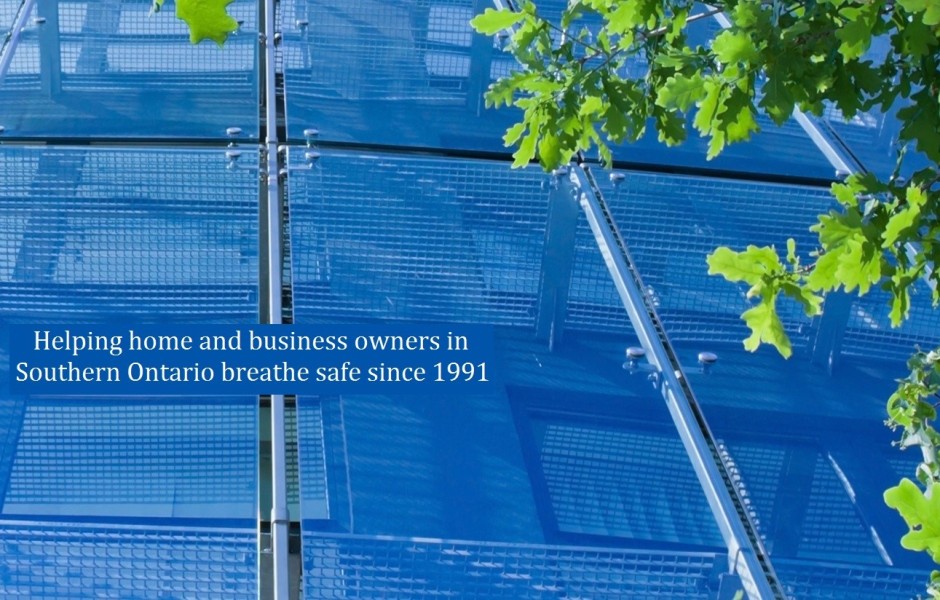
How Does Mold Travel
Mold moves around our environment predominantly via air and water. Those are not the only ways that mold gets around though. Literally anything that mold lands on can act as a movement source. Within our homes, mold and other contaminants will spread when disturbed by improper cleaning (read more on How to properly clean moldy…
Read the restWhat Does Mold Eat
Who’s hungry? Black mold is! Just like other types of mold, black mold can develop and grow almost anywhere. Mold can thrive in damp, soft soil as well as other organic decomposing items such as fallen trees, logs, dead leaves and limbs. Indoors, black mold also loves damp areas and, in particular, items that are high in cellulose, such as rugs, carpets, anything wood, and dry wall.
Read the rest
How to Control Moisture in Your Home
Moisture and Mold Prevention and Control Tips
When water leaks or spills occur indoors – ACT QUICKLY. If wet or damp materials or areas are dried 24-48 hours after a leak or spill happens, in most cases mold will not grow.
- Clean and repair roof gutters regularly.
- Make sure the ground slopes away from the building foundation, so that water does not enter or collect around the foundation.
Detecting Mold With Your Nose
Smell is regarded by some as our strongest sense. One things that is for sure is that smell is the your best connection to memory. When it comes to mold, if you have ever smelt it, you will never forget it. This is how you can detect mold in your own home quickly, easily and at no cost!
If your nose has picked up an earthy, musty scent, this is a good indication that mold is present. How to you confirm this smell though? Step outside.
Read the rest
Do I have mold in my house?
Sneezing? Runny nose? Congestion? Allergies? If you have any of these mold related symptoms then there is a chance that there is mold growing somewhere in your home. Even if you can’t see it, mold related health problems may be creating uncomfortable and even debilitating conditions within your home.
Read the rest
Symptoms of Mold Exposure
The presence of mold and fungal particulates in your environment can cause a variety of health related symptoms and concerns. Severity of symptoms can depend on sensitivity levels and pre-existing conditions that can heighten symptomatic responses. Individuals with pre-existing allergies, asthma, weakened or compromised immune systems are most at risk while the length of exposure…
Read the rest16 Facts About Mold
- Exposure to mold can result in a number of health problems including asthma, respiratory problems, allergic reactions, rashes, nose and throat irritation, headaches and more.
- You cannot completely remove mold in an indoor environment but you can control the growth and spread of mold.
How does mold grow
Although mold grows naturally in our outdoor environment, within our homes there are certain requirements needed for mold to grow and reproduce. A suitable food source, the right temperature, oxygen and of course, water.
Read the rest
Mold Exposure Health Problems
How do molds affect people?
Some people are sensitive to molds while others have a higher tolerance. For those people with sensitivities, common symptoms of mold exposure include nasal stuffiness, eye irritation, wheezing, or skin irritation. Symptoms of exposure to more toxic molds include:
Read the rest

